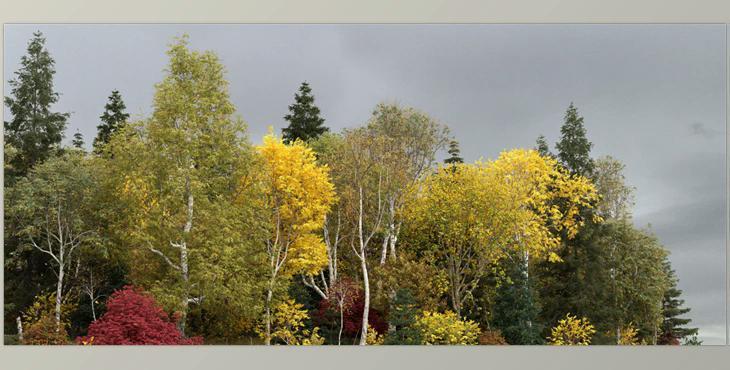
Grove 11: Let nature's course take over and create natural trees for 3D visualization, film, art, and animation. Experience the seasons by cutting, growing, and bending in interactive ways. See your trees grow every year. Natural elements will direct the development of each branch from the trunk to the twig. Even the most minor change can be felt through the branch's spread branches.
Simulate the appearance of any tree. Begin with a preset such as ash, birch, or maple. After that, you can tweak it to make it look light and develop the strength to support its weight. Then, you can grow everything from a slim pine to a broad spreading oak right to a willow that is crying.
The Grove is an innovative simulation engine surrounded by incredible tools bundled in a Blender extension. Take advantage of The Grove, and you can access a highly natural and enjoyable method to grow 3D trees!
Twigs
Feel free to include as much information as you like. It is now possible to build light models that aren't compromising. The most intricate details are found in the earliest growth of a tree, which is in the numerous blossoms, leaves, and fruits when twigs are in full force.
Twigs are tiny branches that use standard 3D geometry to show the particulars, and they can be modeled at any level in detail. You can also purchase The Grove's hand-crafted twigs to achieve stunning results quickly.
Twigs are easily attached to the ends of branches and along the branches of your tree. Twigs on the sides can rotate around branches with a golden angle and look out toward the sky, just as in nature.
With just a handful of twig models stored in memory, it is possible to create many kinds of trees to make your scene. The minimal effect on memory (and disk space) makes the trees perfect as a basis for GPU rendering. In addition, the unique twig system is excellent for Blender but also adapts easily to your preferred 3D program.
Purple beech
Fagus Sylvatica 'Purpurea' purple beeches serve to help build the show. The beeches are planted on single trees in large parks or gardens with a grander scale.
Most trees are green; however, some have purple-red varieties. Examples include plum, maple beech, and the incredibly well-known Red Japanese maple. Most genetic variants are uncommon, yet people like rare things, so we started propagating these trees. One beech plant in the color purple discovered in Germany around 30 years ago was believed to be the ancestral tree of most of the trees planted in gardens and parks.
European hornbeam
Carpinus betulus - hornbeam stands out thanks to its abundance of winged fruits. The bright green color contrasts the darker green color of the finely drawn leaves.
Small-leaved Linden
Tilia cordata is a beautiful kind of linden tree with smaller leaves. With just one-third more significant than a typical leaf of linden, it offers the tree a stunning appearance as opposed to the bold appearance of regular linden.
Narrow-leaved ash
Fraxinus angustifolia - a narrow-leaved Ash is closely associated with olive. Its light appearance makes it a light tree that is distinctly Mediterranean, which is where it is most commonly found.